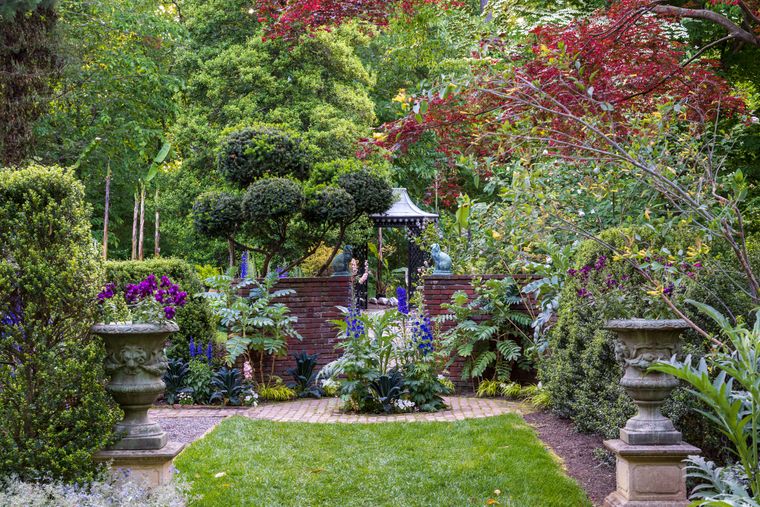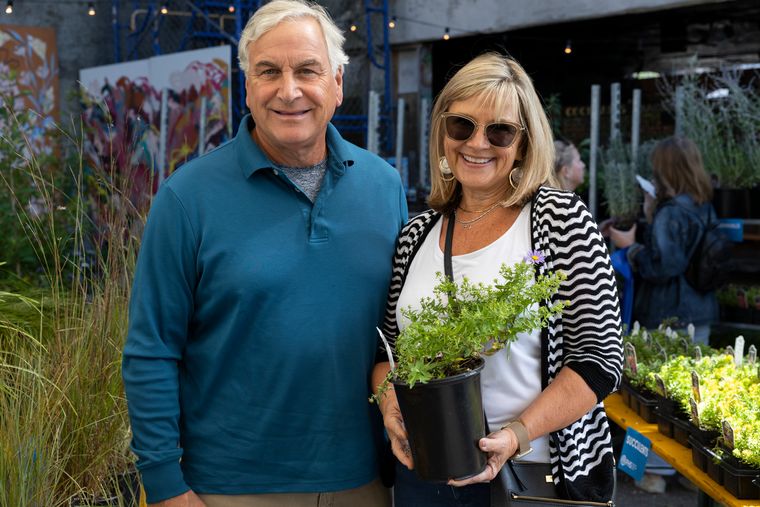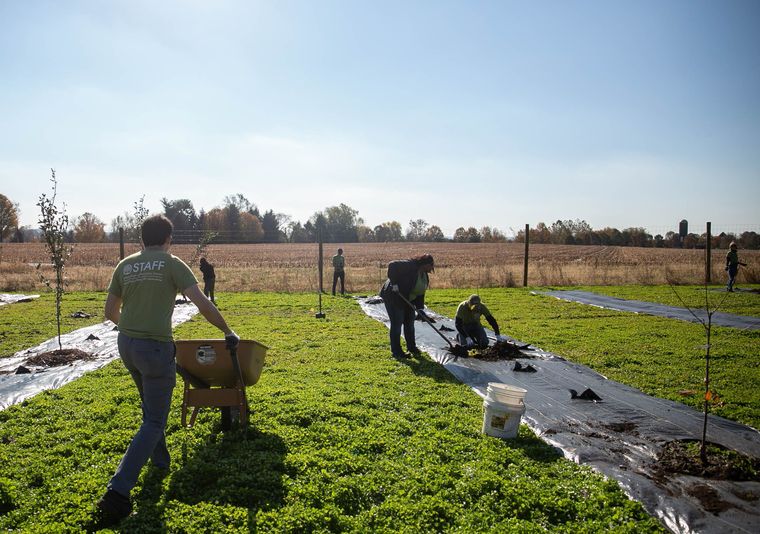



Houseplant Care 101: 5 Tips to Become the Best Plant Parent You Can Be
plant care

By Paul Thompson -- PHS Guest Blogger, Plant Consultant
You’ve just picked out your first plant! Congratulations, you’re about to make a (hopefully) longtime bond with this new living thing. Now, you may be asking yourself the following: How am I going to keep it alive? How much light does it need? How often does it need watering?
While each plant has unique needs, plants are resilient and can easily adapt -- even if you’ve never had a plant before. And while some people say they have a ‘green thumb,’ in my opinion, this is a myth. To properly care for a plant there are five recommendations all beginner plant parents should consider.

Deepen your plant knowledge. Sign up for PHS's monthly newsletter for more gardening tips.
1. Light
First and foremost, you need to understand the type of light that your plant space gets and where you’re going to place plants in relation to the light source. Yes, EVERY plant needs light, and NO, plants don’t like hiding in dark corners reaching desperately for the light on the other side of the room. If your plant gets great light (6-8 hours/day), some choices are a fiddle leaf fig, birds of paradise, or any succulent or cactus as they need several hours of direct sun. If your plant gets good light (2-4 hours/day of direct sun) then monstera, philodendrons, and alocasias are a good fit. If your place doesn’t get great light, then I suggest a ZZ plant (that is its nickname!) or snake plant as a great beginner plant. If you’re looking for something to trail, a heartleaf philodendron or golden pothos is another great option.

2. Soil
Different plants require different soil needs. A good general potting mix can be sufficient for most houseplants. However, I highly recommend you add soil amendments to your mix. If it’s a tropical plant, I like to supplement the soil with perlite for aeration and fir bark for drainage and texture. If it’s a succulent or cactus, I use a cactus mix with some sand and perlite for quick drainage and aeration. You can find perlite and bark at your local plant shop, nursery, or on Amazon.
If you’ve ever stayed at a lousy hotel before, you’ll know how unpleasant the stay is. Well, that’s what I liken to a plant’s soil; their temporary stay can either be really cozy and nutrient-rich or unsuitable and nutrient-poor. You can make their “home” rich and luxurious like staying at a Ritz Carlton, or very basic and compact like a Motel 8. The good thing about making your own potting mix is that it doesn’t have the same price tag as the Ritz Carton – just a few simple ingredients.

3. Water
I HIGHLY recommend that as a new plant parent you only repot your plants in pots with a drainage hole. One of the most common ways to kill your plant is from overwatering, and this usually happens if your plant doesn’t have proper drainage or poor soil. It’s important that you check your soil before watering. This can be done by simply sticking a finger about an inch or two into the soil to see if it’s dry or not. You can also use a chopstick or moisture meter. The important thing to remember is that the frequency of watering is dependent on the amount of light that the plant is receiving. The more light it gets, the more water it’s using to photosynthesize. Also, don’t feel obligated to water the same day each week – just check the soil and water accordingly.

4. Lifestyle
While plants are indeed resilient, they do require our attention on a mostly weekly basis. Some plants, like ZZs and snake plants, can tolerate more negligence, so make sure you think before you purchase or adopt a new green friend. Consider the type of lifestyle you live and your willingness to take care of your plants. If you travel often for work or have a habit of forgetting to water plants, then something like a peace lily (spathiphyllum) or philodendron might not be the best bet, as they demand more constant attention from their plant parents.

5. Plant Toxicity
Last, you’ll want to consider the toxicity of the plant if you have pets. Not all plants are toxic, but some can be quite detrimental if your cat or dog starts eating them. Some great houseplants that are pet friendly are parlor palm, spider plant, and various peperomias and ferns.
Starting your plant journey can be both exciting and nerve-racking -- but with the proper tools to succeed, you will have the confidence to watch your plant grow and thrive. And before you know it, you’ll have created your own little home jungle!


